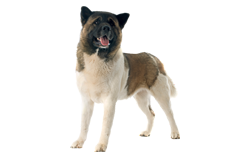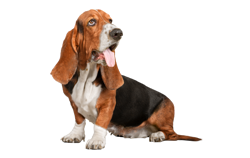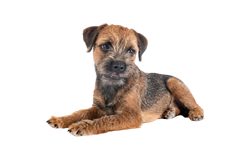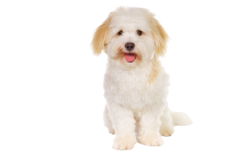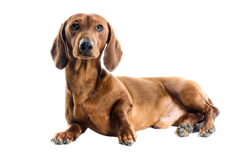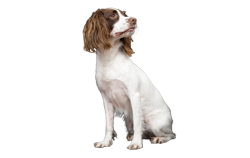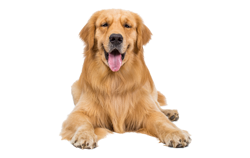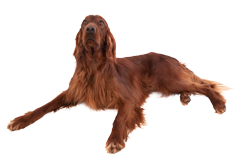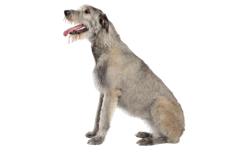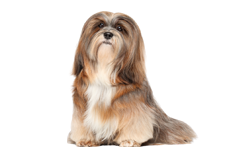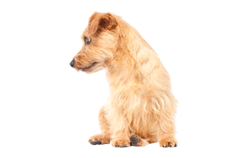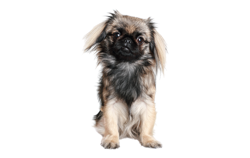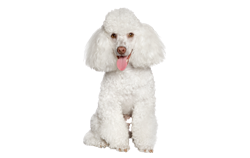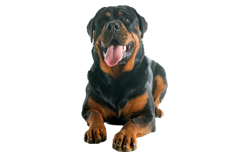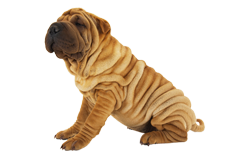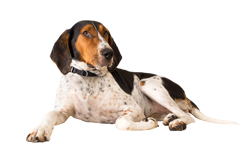Dog Breeds
Join Our Newsletter
Everything you need to know about your breed
In Just Minutes, Discover the Perfect Dog Breed Tailored to Your Lifestyle and Needs!
Jump To Your Breed:
Below is a well polished guide on the most popular dog breeds listed in alphabetical order. Find your favorite breed by clicking on the first letter of the breed that your breed starts with or scroll down and find your breed by picture.

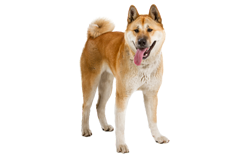
Akita Inu (N/A)

Alaskan Klee Kai (N/A)
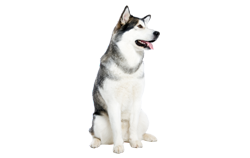
Alaskan Malamute (N/A)

American Cocker Spaniel (N/A)

American Cocker Spaniel (N/A)

American Pitbull Terrier (N/A)

American Staffordshire (N/A)

Appenzeller Sennenhund (N/A)

Azawakh (N/A)


Barbet (N/A)

Basenji (N/A)

Beagle (N/A)

Bearded Collie (N/A)

Bedlington Terrier (N/A)

Berger Blanc Suisse (N/A)

Bernese Mountain Dog (N/A)
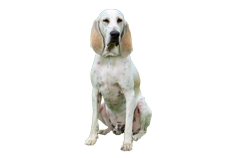
Billy (N/A)

Black Mouth Cur (N/A)

Bluetick Coonhound (N/A)
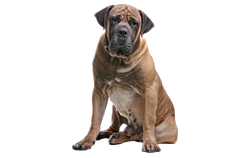
Boerboel (N/A)

Bolognese (N/A)
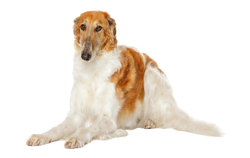
Borzoi (N/A)

Boykin Spaniel (N/A)

Bracco Italiano (N/A)

Briard (N/A)

Brittany (N/A)

Broholmer (N/A)

Bulldog (N/A)

Bully Kutta (N/A)


Canaan (N/A)

Caucasian Shepherd Dog (N/A)
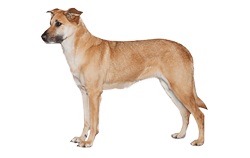
Chinook (N/A)
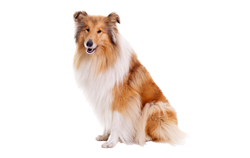
Clumber Spaniel (N/A)

Collie (N/A)
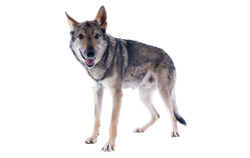
Czechoslovakian Wolfdog (N/A)


Dalmation (N/A)

Doberman Pinshcer (N/A)

Dogue de Bordeaux (N/A)


Elo (N/A)

English Cocker Spaniel (N/A)
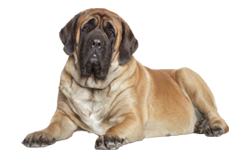
English Mastiff (N/A)

Eurasier (N/A)


Fila Brasileiro (N/A)

Finnish Spitz (N/A)

Flat-coated Retriever (N/A)

Fox Terrier (N/A)


German Shorthaired Pointer (N/A)

German Wirehaired Pointer (N/A)

Giant Schnauzer (N/A)

Gordon Setter (N/A)

Greater Swiss Mountain Dog (N/A)


Hovawart (N/A)


Irish Water Spaniel (N/A)

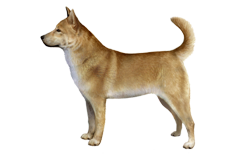
Jindo (N/A)


Kerry Blue Terrier (N/A)

King Charles Spaniel (N/A)

King Shepherd (N/A)

Komondor (N/A)


Lagotto Romagnolo (N/A)

Landseer (N/A)

Leonberger (N/A)
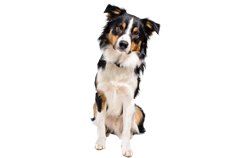
Lowchen (N/A)


Miniature American Shepherd (N/A)

Miniature Bull Terrier (N/A)

Mountain Cur (N/A)

Mudi (N/A)

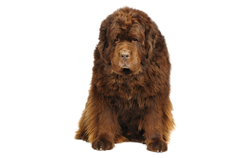
Newfoundland (N/A)

Norwich Terrier (N/A)

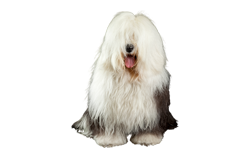
Old English Sheepdog (N/A)
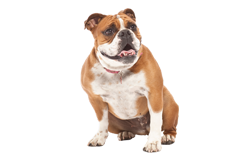
Olde English Bulldogge (N/A)


Parson Russell Terrier (N/A)

Patterdale Terrier (N/A)

Pharaoh Hound (N/A)

Plott Hound (N/A)

Puli (N/A)
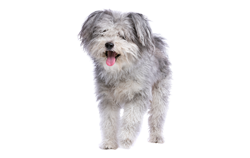
Pumi (N/A)


Redbone Coonhound (N/A)

Rhodesian Ridgeback (N/A)


Saluki (N/A)

Samoyed (N/A)

Schipperke (N/A)

Scottish Deerhound (N/A)

Scottish Terrier (N/A)

Shiba Inu (N/A)

Shikoku (N/A)
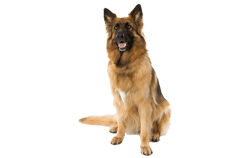
Shiloh Shepherd (N/A)

Siberian Husky (N/A)

Skye Terrier (N/A)

Soft Coated Wheaten Terrier (N/A)

Spanish Water Dog (N/A)

Staffordshire Bull Terrier (N/A)

Standard Schnauzer (N/A)


Tosa (N/A)

Treeing Walker Coonhound (N/A)
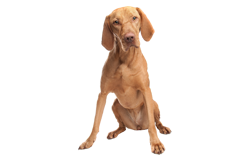
Vizsla (N/A)


Weimaraner (N/A)









![Probiotics For Dogs [Soft Chews] - HolistaPet](http://www.holistapet.com/cdn/shop/files/Probiotic-Infographic-1_472d7a29-e30c-435a-9638-1365d8c3a9f9.jpg?v=1725384841&width=104)



















